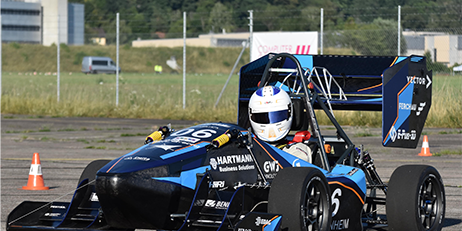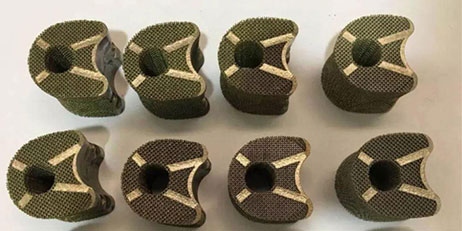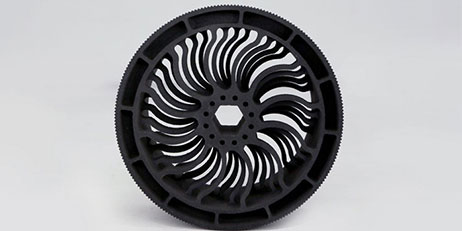Manufacturers choose 3D printing to produce drones, mainly because of its advantages such as high efficiency and rapid molding, cost-saving, and complex design. However, 3D printing also brings some hidden worries to the industry and even the entire manufacturing industry, which is largely caused by the highly autonomous production mode of 3D printing. But the root of the problem lies in human supervision.

In recent years, 3D printing technology has been used more and more frequently in the manufacture of robots. As one of the branches of robots, drones have naturally appeared in many 3D printed products. Manufacturers choose 3D printing to produce drones, mainly because of its advantages such as high efficiency and rapid molding, cost-saving, and complex design. However, while 3D printing provides great convenience to the drone industry, it also brings some hidden worries, which are largely caused by the highly autonomous production mode of 3D printing.

3D printing exposes drones to an intellectual property crisis
Recently, the new challenges brought by 3D printing technology to the protection of intellectual property rights have attracted widespread attention in the industry: as long as the design drawings and specific parameters of a product are obtained and the 3D printing equipment, materials, and technology are available, anyone can The product can be manufactured secretly. The dangers of imitation products driven by interest-driven 3D printing enthusiasts are second. The key is that once the technology is used by unscrupulous merchants to produce a large number of counterfeit and inferior products into the market, it will cause endless harm. At present, 3D printing model infringement disputes in the space vehicle industry have appeared. As the new star of the transportation manufacturing industry, the possibility that its intellectual property and design patents are plagiarized by 3D printing by people with ulterior motives also exists. Related manufacturing companies Have to guard.
3D printing may expose drone production to greater safety risks
The production characteristics of 3D printing for rapid prototyping and one-time molding based on pre-set data are a double-edged sword for the drone industry. There is no doubt about the benefits of improving production efficiency, but it also planted the seeds of risk. A few days ago, an international research team was studying the possibility of hackers hacking into 3D printers. They destroyed a drone by modifying 3D-printed digital files. The naked eye can hardly see the difference between the 3D-printed drone propellers before and after tampering. However, the researchers used the method of tampering with the data to make the propeller blades and joints leave a 0.1mm cavity during the 3D printing process, causing the UAV to break and crash when the drone reaches its maximum force. If this method of attacking 3D printing equipment is really used by hackers, it will undoubtedly bring huge losses to drone manufacturers.
The "side effects" brought by 3D printing are the same in the drone industry as well as in the entire manufacturing industry. This is fundamentally a matter of human supervision. As long as a sound protection technology is designed and a sound management system and regulations are established to regulate it, people can completely avoid the negative effects of the "unlimited freedom" of 3D printing, and let this technology bring more positive energy to our production and life.

























